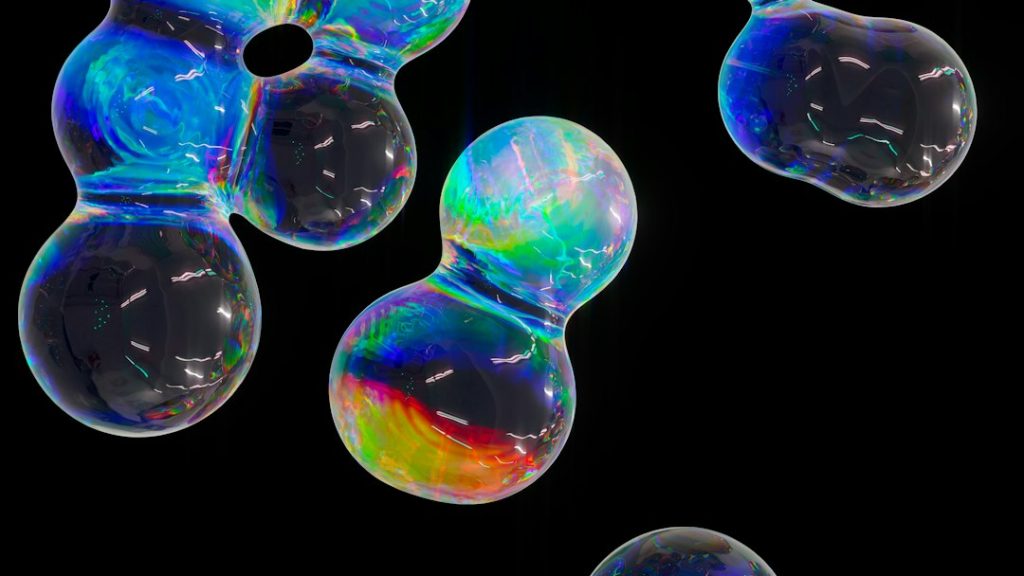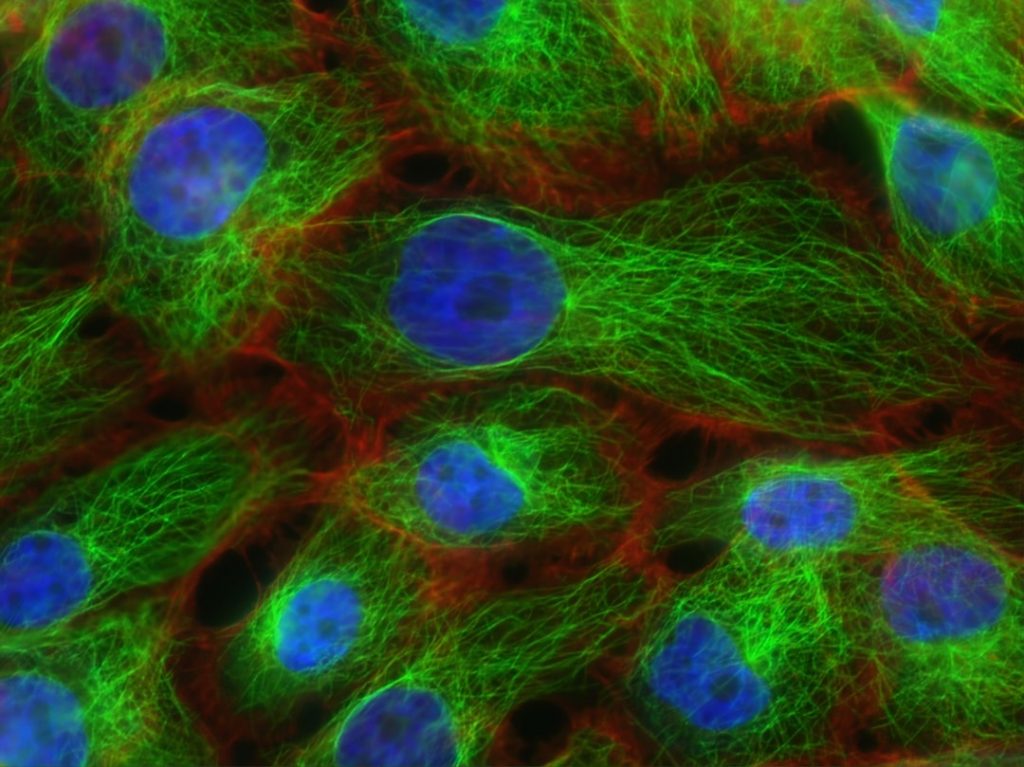Instrumental methods in chemical analysis refer to a set of techniques that utilize various instruments and devices to determine the composition, structure, and properties of chemical substances. These methods have revolutionized the field of analytical chemistry by providing accurate and precise measurements, as well as enabling the analysis of complex samples. The importance of instrumental methods in chemical analysis cannot be overstated, as they have significantly improved the efficiency and reliability of chemical analysis in various industries.
Summary
- Instrumental methods are essential in chemical analysis
- Chromatography is a powerful technique for separating and identifying compounds
- Different types of chromatography have specific applications in various industries
- Spectroscopy is a valuable tool for identifying and quantifying compounds
- Advancements in chromatography and spectroscopy have improved their accuracy and efficiency
Understanding the Fundamentals of Chromatography
Chromatography is a widely used technique in instrumental methods of chemical analysis. It is based on the principle of separation of components in a mixture by their differential migration through a stationary phase and a mobile phase. The stationary phase can be a solid or a liquid, while the mobile phase is typically a liquid or a gas. The separation is achieved based on the differences in the distribution coefficients or affinities of the components for the stationary and mobile phases.
There are several types of chromatography techniques, including gas chromatography (GC), liquid chromatography (LC), ion exchange chromatography, and affinity chromatography. Gas chromatography is used for the separation and analysis of volatile compounds, while liquid chromatography is used for non-volatile compounds. Ion exchange chromatography separates ions based on their charge, while affinity chromatography separates molecules based on their specific interactions with ligands.
Types of Chromatography Techniques and their Applications
Gas chromatography (GC) is widely used in the analysis of volatile compounds, such as hydrocarbons, alcohols, and pesticides. It is commonly used in environmental monitoring, forensic analysis, and food safety testing. Liquid chromatography (LC) is used for the separation and analysis of non-volatile compounds, such as pharmaceuticals, proteins, and carbohydrates. It has applications in drug development, quality control, and food and beverage analysis.
Ion exchange chromatography is used for the separation and analysis of ions based on their charge. It is commonly used in water analysis, pharmaceutical analysis, and protein purification. Affinity chromatography is used for the separation and purification of biomolecules based on their specific interactions with ligands. It has applications in protein purification, drug discovery, and diagnostics.
The Power of Spectroscopy in Chemical Analysis
| Application | Technique | Advantages | Limitations |
|---|---|---|---|
| Identification of unknown compounds | Mass spectrometry | Highly sensitive and specific | Expensive equipment and requires skilled operators |
| Quantification of compounds | UV-Vis spectroscopy | Fast and simple | Only measures compounds with chromophores |
| Structural analysis of molecules | Nuclear magnetic resonance spectroscopy | Non-destructive and provides detailed information | Expensive equipment and requires skilled operators |
| Determination of chemical composition | Infrared spectroscopy | Can identify functional groups and chemical bonds | May not be able to distinguish between isomers |
Spectroscopy is another powerful technique in instrumental methods of chemical analysis. It involves the interaction of electromagnetic radiation with matter to provide information about the composition, structure, and properties of chemical substances. Spectroscopy is based on the principle that different molecules absorb or emit light at specific wavelengths, which can be used to identify and quantify the molecules.
There are several types of spectroscopy techniques, including UV-Vis spectroscopy, infrared spectroscopy, Raman spectroscopy, and nuclear magnetic resonance (NMR) spectroscopy. UV-Vis spectroscopy measures the absorption or transmission of ultraviolet and visible light by a sample. It is commonly used in pharmaceutical analysis, environmental monitoring, and food safety testing. Infrared spectroscopy measures the absorption or emission of infrared radiation by a sample. It has applications in organic chemistry, material science, and forensic analysis.
Raman spectroscopy measures the scattering of laser light by a sample. It provides information about molecular vibrations and can be used for the identification of unknown substances. NMR spectroscopy measures the absorption or emission of radiofrequency radiation by atomic nuclei in a magnetic field. It is widely used in organic chemistry, biochemistry, and drug discovery.
Different Types of Spectroscopy Techniques and their Applications
UV-Vis spectroscopy is commonly used in the analysis of organic compounds, such as drugs, dyes, and pigments. It is also used in environmental monitoring to measure the concentration of pollutants in air and water. Infrared spectroscopy is used for the identification and characterization of organic compounds, as well as the analysis of polymers and minerals. Raman spectroscopy is used in the analysis of pharmaceuticals, forensics, and materials science. NMR spectroscopy is used for the structural elucidation of organic compounds, as well as the analysis of complex mixtures.
Advancements in Chromatography and Spectroscopy

Chromatography and spectroscopy techniques have undergone significant advancements in recent years, leading to improved performance and expanded applications. In chromatography, advancements have been made in column technology, detector sensitivity, and data analysis software. These advancements have resulted in faster separations, higher resolution, and increased sensitivity.
In spectroscopy, advancements have been made in instrument design, detector technology, and data analysis algorithms. These advancements have led to improved signal-to-noise ratios, increased spectral resolution, and enhanced sensitivity. Additionally, the development of hyphenated techniques, such as liquid chromatography-mass spectrometry (LC-MS) and gas chromatography-mass spectrometry (GC-MS), has further expanded the capabilities of chromatography and spectroscopy.
Role of Chromatography and Spectroscopy in Pharmaceutical Analysis
Chromatography and spectroscopy play a crucial role in pharmaceutical analysis, from drug development to quality control. In drug development, chromatography is used for the separation and purification of drug candidates, as well as the analysis of impurities and degradation products. Spectroscopy is used for the identification and characterization of drug substances, as well as the analysis of drug formulations.
In quality control, chromatography is used for the quantification of active pharmaceutical ingredients (APIs) and impurities in drug products. Spectroscopy is used for the identification and quantification of APIs, as well as the analysis of excipients and contaminants. These techniques ensure the safety, efficacy, and quality of pharmaceutical products.
Analytical Applications of Chromatography and Spectroscopy in Food and Beverage Industry
Chromatography and spectroscopy are widely used in the food and beverage industry for the analysis of food safety and quality. In food safety testing, chromatography is used for the analysis of pesticides, mycotoxins, and veterinary drug residues. Spectroscopy is used for the analysis of food additives, contaminants, and adulterants.
In food quality control, chromatography is used for the analysis of vitamins, amino acids, and fatty acids. Spectroscopy is used for the analysis of nutritional components, such as carbohydrates, proteins, and lipids. These techniques ensure the safety, authenticity, and nutritional value of food and beverage products.
Environmental Analysis using Chromatography and Spectroscopy Techniques
Chromatography and spectroscopy techniques are essential tools in environmental analysis for monitoring and controlling pollution. In environmental monitoring, chromatography is used for the analysis of volatile organic compounds (VOCs), polycyclic aromatic hydrocarbons (PAHs), and heavy metals. Spectroscopy is used for the analysis of air pollutants, water contaminants, and soil pollutants.
In pollution control, chromatography is used for the analysis of emissions from industrial processes, vehicle exhausts, and waste disposal sites. Spectroscopy is used for the analysis of pollutants in air, water, and soil samples. These techniques help in assessing the impact of human activities on the environment and developing strategies for pollution prevention and remediation.
Future Prospects of Instrumental Methods in Chemical Analysis
The future prospects of instrumental methods in chemical analysis are promising, with ongoing advancements in technology and increasing demand for accurate and reliable analytical techniques. Emerging trends include miniaturization of instruments, automation of processes, and integration of multiple techniques.
Miniaturization of instruments allows for portable and handheld devices that can be used for on-site analysis in various industries, such as environmental monitoring, food safety testing, and pharmaceutical analysis. Automation of processes improves the efficiency and reproducibility of analytical methods, reducing the need for manual intervention and increasing throughput. Integration of multiple techniques, such as hyphenated techniques and multidimensional chromatography, enables comprehensive analysis of complex samples.
In conclusion, instrumental methods in chemical analysis, including chromatography and spectroscopy, have revolutionized the field of analytical chemistry. These techniques provide accurate and precise measurements, as well as enable the analysis of complex samples. They have applications in various industries, including pharmaceuticals, food and beverages, and environmental monitoring. Ongoing advancements in technology are further enhancing the capabilities of these techniques, paving the way for future innovations in chemical analysis.
FAQs
What are instrumental methods?
Instrumental methods are techniques used to analyse and characterise chemical compounds and materials. These methods involve the use of instruments and equipment to measure physical and chemical properties of substances.
What are some examples of instrumental methods?
Some examples of instrumental methods include chromatography, spectroscopy, mass spectrometry, X-ray diffraction, and nuclear magnetic resonance (NMR) spectroscopy.
What is chromatography?
Chromatography is a technique used to separate and identify components of a mixture based on their physical and chemical properties. It involves passing a mixture through a stationary phase, which separates the components based on their interactions with the stationary phase.
What is spectroscopy?
Spectroscopy is a technique used to study the interaction of electromagnetic radiation with matter. It involves measuring the absorption, emission, or scattering of radiation by a sample to determine its chemical composition and structure.
What is mass spectrometry?
Mass spectrometry is a technique used to determine the molecular weight and chemical composition of a sample. It involves ionising the sample and measuring the mass-to-charge ratio of the resulting ions.
What is X-ray diffraction?
X-ray diffraction is a technique used to determine the crystal structure of a material. It involves shining X-rays onto a crystal and measuring the diffraction pattern of the scattered X-rays.
What is nuclear magnetic resonance (NMR) spectroscopy?
Nuclear magnetic resonance (NMR) spectroscopy is a technique used to determine the chemical structure and composition of a sample. It involves measuring the magnetic properties of atomic nuclei in a magnetic field.


